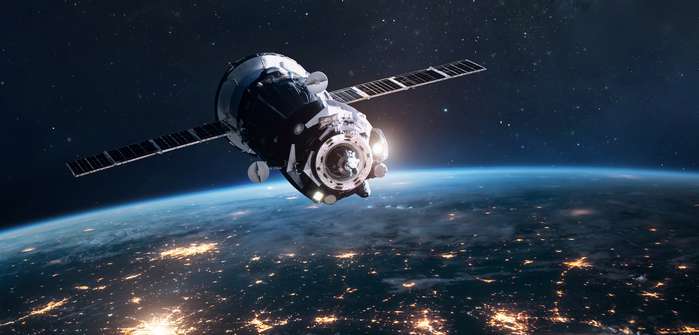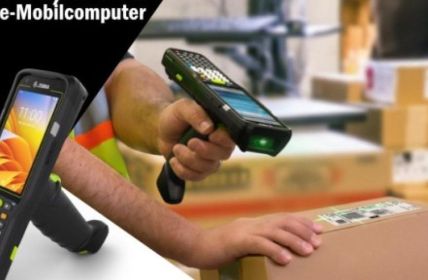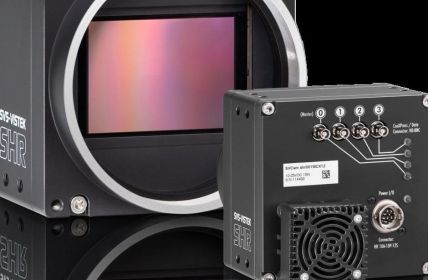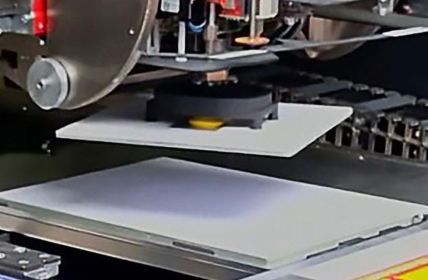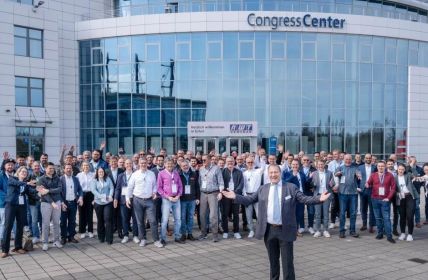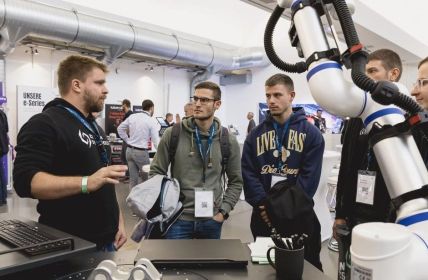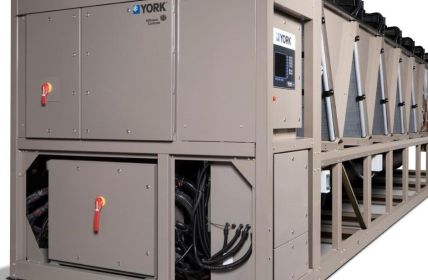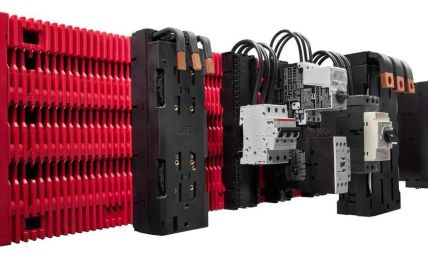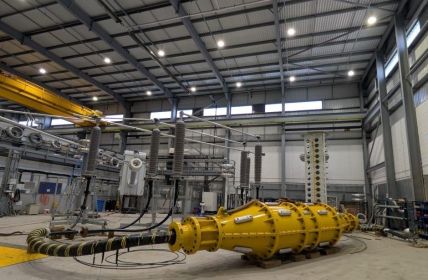IoT developer Astrocast has developed a satellite technology and Internet of Things (SatIoT) application solution that it plans to offer to businesses for cost-effective use. It aims to help customers better maintain their facilities remotely, even in inaccessible environments.
Table of Contents: What awaits you in this article
Astrocast: Advancing IoT
Astrocast, an IT company headquartered in Switzerland, believes it has found the opportunity for growth potential in the technology in a geographic dilemma of IoT. According to estimates, only about 15 percent of the planet is covered by networks that can be used by IoT devices today. In the remaining portion, terrestrial networks either cannot be established yet because they are covered by water or otherwise difficult to access.
Nano-satellites for all
The company is now planning to close these gaps. Its recently installed nano-satellites are expected to help. Established near the earth, the transmitters and receivers are able to connect to IoT sensors at low cost. In doing so, they can perform several useful functions. These include telemetric services, asset tracking and telematics. Application of the technology could be in the following areas: Logistics, mining, shipping, agriculture or environmental protection.
IoT maintenance still too costly
What many IoT solutions in remote areas have in common is that they still require maintenance at more or less regular intervals. In most cases, this is still done by humans, which is seldom really worthwhile in view of the time and effort required for travel and repair. Astrocast has now found an elegant way to tackle the problem.
Small but powerful units
Astrocast already minimizes the maintenance of its IoT solutions by offering its small units with very powerful batteries. Here, life cycles of up to ten years are estimated. In addition, this solution has been designed without constant data transmissions, which should also help the overall lifespan. Data is only transmitted when a satellite comes within range, and updates are also dispensed with. This approach is also reflected in prices for customers.
Bidirectional satellites for more functions
The main argument in favor of the new technology, however, is the use of bidirectional satellites. Instead of just acting as a receiver for collected data, as before, they can now also send instructions back. This is an avenue that holds more possibilities for users. Examples include remote maintenance of utility systems for water and electricity.
But also areas of agriculture, such as the identification and segregation of sick animals or silo management are included. Even flood protection and the protection of endangered animal species could be managed with it.


